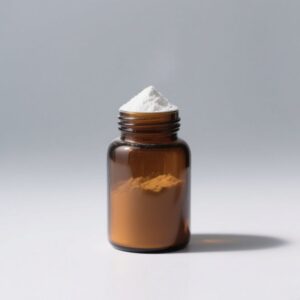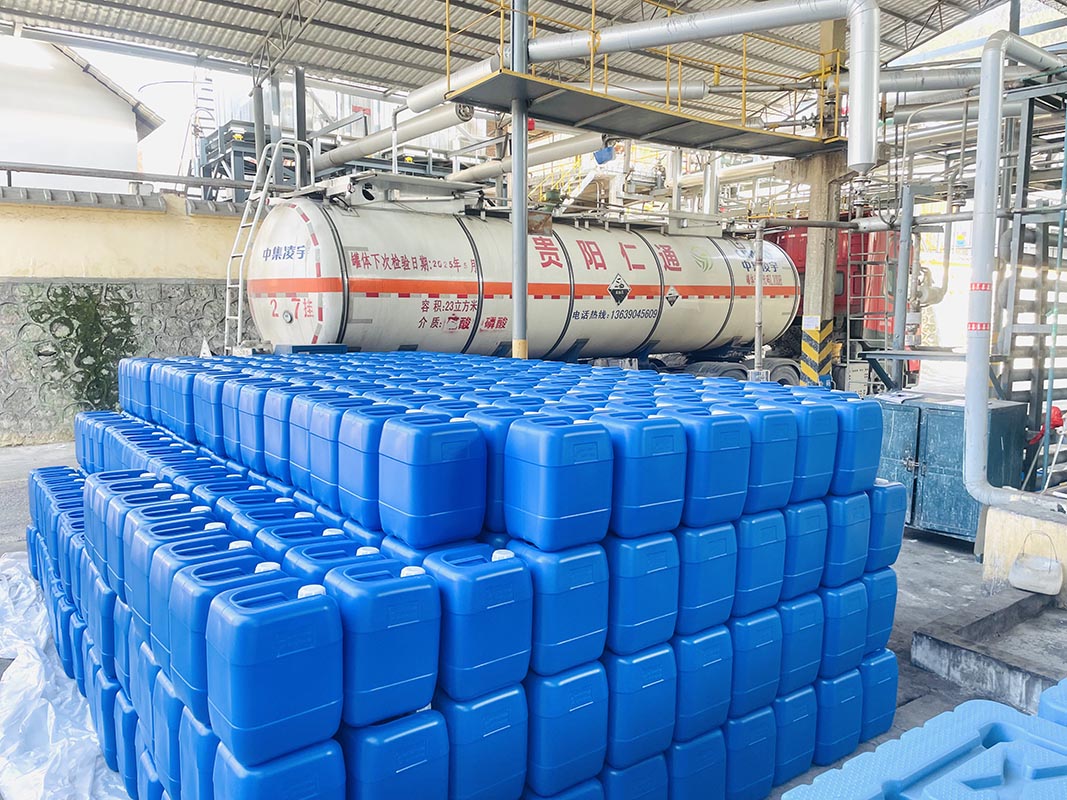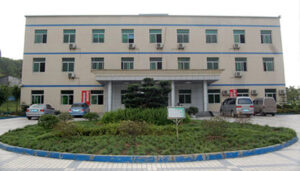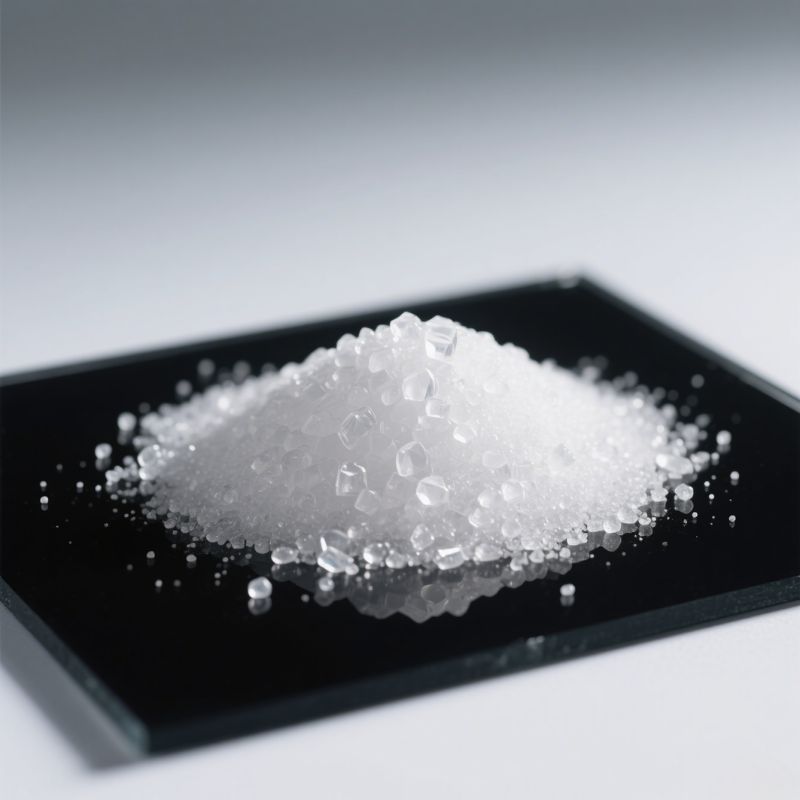
Data Commentary: Sodium tripolyphosphate in food related queries and attention changes
Overview of Sodium Tripolyphosphate (STPP) in Food Applications
Sodium tripolyphosphate (STPP) is a chemical compound widely recognized for its diverse applications across several industries, including detergents, food processing, and water treatment. Notably, it serves as a builder in laundry detergents, where it enhances cleaning efficiency by softening water and sequestering hardness ions such as calcium and magnesium, thereby facilitating the effectiveness of surfactants in challenging water conditions.

However, using phosphates like STPP has raised environmental concerns, particularly regarding nutrient enrichment and eutrophication of water bodies, due to their prevalent presence in detergent formulations.
In the food industry, STPP is an additive that improves processed foods’ quality and shelf life. It functions as a thickening agent, stabilizer, and moisture-retention agent, particularly in meat, dairy, and baked goods, and regulatory bodies like the U.S. Food and Drug Administration (FDA) have deemed it safe for these uses.
Its ability to retain moisture helps prevent spoilage and enhances the flavour profile of various food products, demonstrating its significance in food preservation. Moreover, STPP is employed in water treatment applications as a scale inhibitor, preventing mineral buildup in industrial cooling systems, which is crucial for maintaining water quality and operational efficiency.
Beyond these primary uses, STPP also finds applications in ceramics, oil and gas production, textiles, and cosmetics, highlighting its versatile utility as a buffering agent and dispersant across different sectors.
Despite its benefits, the environmental implications of phosphate usage, particularly in detergents, continue to fuel discussions about sustainable practices and regulatory measures to mitigate potential ecological impacts.
Sodium tripolyphosphate (STPP) is a versatile compound with various applications across different industries, most notably in detergents, food processing, and water treatment.
STPP is primarily utilized as a builder in laundry detergents, playing a crucial role in enhancing the cleaning efficiency of surfactants. It helps to soften water by sequestering hardness ions such as calcium and magnesium, which can inhibit the effectiveness of soaps and detergents in challenging water conditions. Using phosphates like STPP has been a common practice due to their ability to improve the solubilization of detergent components, facilitating the removal of dirt and stains from fabrics. In India, approximately 35% of detergent formulations contain STPP, contributing to significant environmental concerns due to nutrient enrichment and eutrophication in water bodies.
In the food sector, STPP is an additive that enhances the quality and shelf life of various processed food products. It is a thickening, stabilizer, and moisture-retention agent, particularly in meat products, dairy, and baked goods. The compound is recognized as safe by regulatory bodies such as the U.S. Food and Drug Administration (FDA). Products commonly use it to improve texture, preserve freshness, and enhance flavour profiles. For example, it helps maintain the moisture content in deli meats, preventing spoilage and enhancing taste.
STPP also finds applications in water treatment processes, particularly as a scale inhibitor. It helps control mineral buildup in cooling water systems by preventing corrosion and scaling, which can significantly degrade water quality. This application is particularly relevant in industrial settings, where water quality management is critical to operational efficiency.
Beyond detergents and food processing, STPP is utilized in various other fields, including ceramics, oil and gas production, textile handling, and cosmetic products. Its properties as a buffering agent and dispersant make it valuable in these industries, demonstrating its multifaceted utility.

Overview of Sodium Tripolyphosphate (STPP) in Food Applications

On December 18, the State Secretary of Qian’nan Province visited Goway Fuquan to review the company’s progress toward meeting its quarterly and annual goals, as well as to guide the company’s green development efforts in the phosphate industry.

Sodium tripolyphosphate (STPP) effectively softens water in detergents while serving as a preservative in food applications, demonstrating remarkable versatility.

The Guguye Phosphate Production Base in Guizhou, China, utilizes local phosphate resources to produce chemicals like yellow phosphorus and STPP. Committed to sustainability, it aims for zero wastewater discharge and a circular economy model.

Sodium tripolyphosphate (STPP) is a widely used chemical in various industries, from detergents to food processing.

February 11, 2018, Fuquan, Guizhou – GOWAY INTERNATIONAL MATERIAL CO., LTD (GOWAY) has successfully established a strong supply chain and distribution network in Southeast Asia, the Middle East, and Europe, further expanding its global market share for sodium tripolyphosphate (STPP).

Sodium Tripolyphosphate (STPP) improves toothpaste performance by preventing tartar buildup, removing stains, and protecting tooth enamel.

Sodium tripolyphosphate (STPP) is manufactured through controlled reactions of phosphoric acid and sodium compounds, with patented industrial processes optimizing purity and yield.

A professional and educational overview of tripolyphosphate (STPP), explaining its composition, manufacturing process, applications, safety profile, and sustainability trends.

This guide provides insights into the technological advances, regulatory frameworks, and cost factors affecting food and aquatic products, highlighting sustainability challenges and opportunities in 2025.

This guide covers the uses, benefits, risks, dosages, and health concerns of polyphosphates in food, with an overview of regulatory standards and emerging alternatives.
WhatsApp us